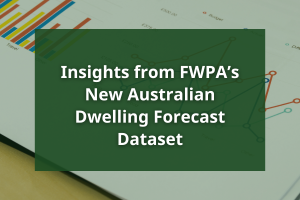A new report by ABARES indicates that Australia needs to increase the softwood plantation estate over coming years if Australia is to meet the demand for softwood sawlogs by 2050.
With continuing growth in demand for softwood sawlogs, ABARES estimates that the domestic log availability shortfall could increase to 3.4million cubic metres per year between 2050 and 2054. To provide context to these figures an additional 200,000 to 250,000 hectares of new softwood plantations would be required by 2050 to meet an annual deficit of 3.4 million cubic metres per year. However, given the uncertainty around future softwood sawlog supply and log equivalent demand in 2050, it has been proposed that the required area could be as high as 490,000 hectares (Omega Consulting 2017).
The report, the Economic potential for new plantation establishment in Australia: outlook to 2050 is based on a joint work program between Forest and Wood Products Australia (FWPA) and the Australian Bureau of Agricultural and Resource Economics and Sciences (ABARES).
As is already occurring, Australia’s domestic sawnwood market will become increasingly reliant on imports of sawnwood. ABARES estimates the volume of imports will more than double by 2050. This is a potential missed opportunity for the Australian forestry sector, unless the current softwood timber plantation estate expands to meet growing demand.
In preparing the report, ABARES modeled five scenarios to see which market mechanism would have greatest impact on plantation expansion. These included:
- Productivity improvements
- Changes in agricultural land prices
- Increases in demand
- Changes in exchange rates and
- Reductions in the required rate of return (IRR)
The last of these, the discount rate, was found to have the greatest effect, mainly because of the long-term nature of softwood plantation investments. The report found that a 1% reduction in the discount rate from 7% to 6% would encourage an additional 264,520 hectares of softwood plantation development, for instance.
As FWPA’s Managing Director, Ric Sinclair commented:
“As the old proverb says, the best time to plant trees was yesterday and the second best is to plant them now. Commercial plantations can provide economic, social and environmental benefits to Australia and we need to get back onto a growth path as soon as possible.”
The full report can be downloaded from the FWPA website here.



